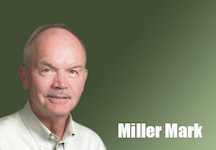Is this a recession? Real gross domestic product has dropped for two straight quarters. Real GDP is our measure of goods and services produced, adjusted for inflation, and the United States is producing less now than it was at the end of 2021. Usually that’s exactly what we mean by a recession. But is this…


